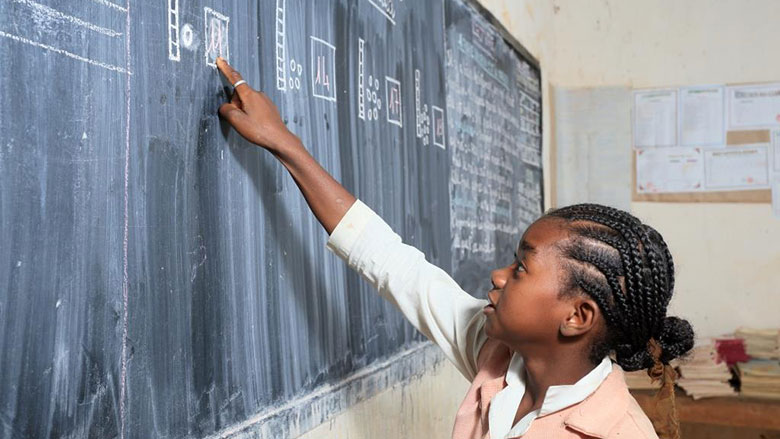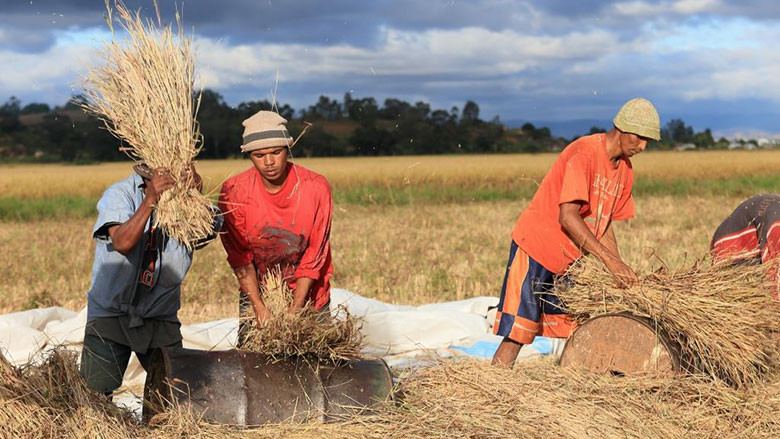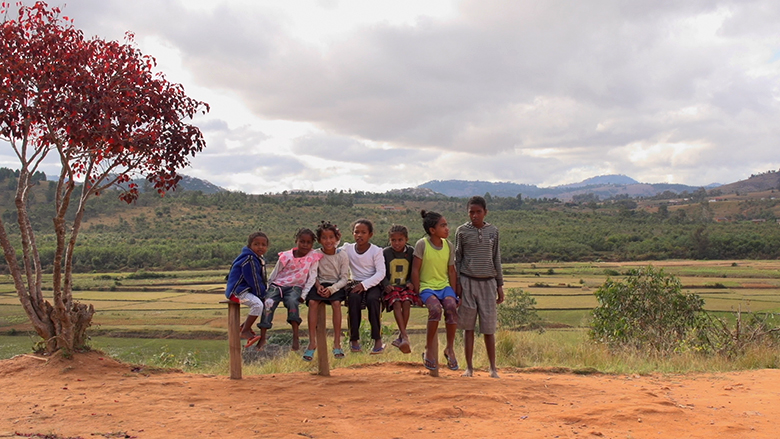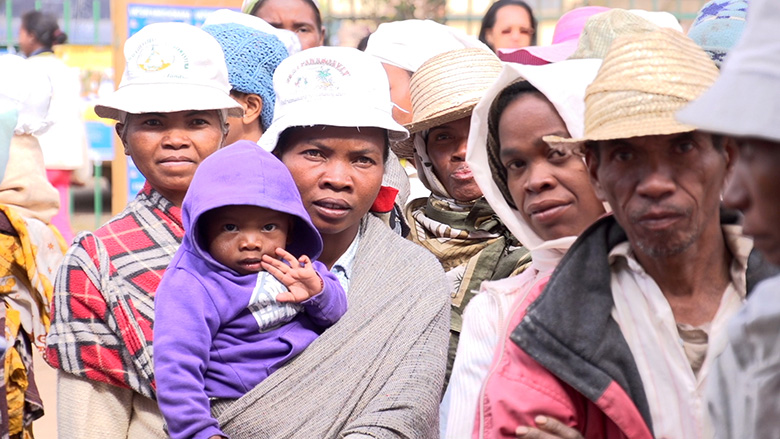Promoting Inclusive Growth and Access to Basic Services in Madagascar
Challenge
Madagascar is one of the poorest countries in the world. In 2012, 78% of the 23.6 million population lived on less than $1.90 a day and 90%lived on less than $3.10 a day. The average Malagasy is 42%poorer today than he or she was 50 years ago. More than 80% of the poor draw their livelihood from agriculture, and are the most exposed to weather-related disasters such as flooding, landslides, and erosion. Madagascar has the highest occurrence of cyclones in Africa and is one of the ten countries expected to be the most affected by climate change in the world.
While progress had been made in the 2000s towards achieving some of the Millennium Development Goals (MDGs), it was brought to a halt by the 2009-2014 political crisis. Today, Madagascar has some of the worst outcomes in education, health, nutrition, and access to clean water.
The country is also facing stark economic challenges, despite having unparalleled biodiversity and natural wealth. During the political crisis, macroeconomic stability had been maintained by cutting down drastically on public expenditures and investments. The combination of a low tax collection rate (10%of GDP) and the suspension of most donor activities in a country where international aid represented 40%of the government budget accentuated the impact on investments and service delivery even further. Growth, which averaged 7.4%between 2003 and 2008, plunged to an average of 1.8%per year between 2010 and 2013. The combination of high population growth (2.9%) and stagnant growth caused per capita income in 2012 to fall to its 2003 level.
Approach
Coming to grips with the country’s fragility, the World Bank adjusted its engagement during the crisis. It undertook a series of analyses to understand the sources of fragility and to shed light on its impact on poverty and human development. This evidence brought the Bank to focus on two areas: (1) continued work with poor farmers on increasing rice productivity and on connecting them to markets and (2) direct support to the poorest by preserving access to basic services and by piloting a safety net program. The Bank gave preference to multi-sectoral approaches, for example combining interventions in health, education, and nutrition at the community level in the South, the poorest region in the country.
This strategy set a strong foundation for the Bank’s expanded engagement since the end of the crisis in 2014. It is now being implemented on a larger scale, with greater strategic leadership from the government. The end of the crisis also meant that the Bank could be more effective in its engagement with the public sector, and is now able to work with them on core issues of public finance management and decentralization which are critical for the financial and institutional sustainability of development programs.



